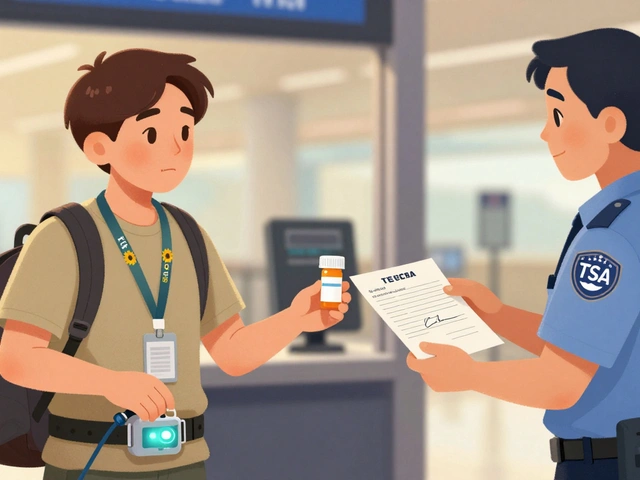
ER vs IR: Extended Release vs Immediate Release Medications Explained
When you take a pill, not all of it hits your system at once. That’s where extended release, a type of medication designed to release its active ingredient slowly over time and immediate release, a formulation that delivers the full dose quickly after ingestion come in. These aren’t just marketing terms—they change how your body handles the drug, how often you take it, and even how many side effects you get. If you’ve ever wondered why some pills are taken once a day while others need three doses, the answer usually lies in whether it’s ER or IR.
The difference isn’t just about convenience. extended release, a type of medication designed to release its active ingredient slowly over time helps keep drug levels steady, which is critical for conditions like high blood pressure, depression, or chronic pain. Think of it like a drip feed instead of a splash. On the flip side, immediate release, a formulation that delivers the full dose quickly after ingestion is better when you need fast relief—like pain from a migraine or a sudden flare-up of gout. But it also means your drug levels spike and crash, which can lead to more side effects or the need to take it more often. Some medications, like amantadine or baclofen, come in both forms, and choosing the wrong one can mean you’re either under-treated or over-sedated.
It’s not just about the drug itself—it’s about your life. If you’re juggling work, kids, or a busy schedule, an ER version might help you stick to your plan. But if you’re just starting a new medication and your doctor wants to fine-tune the dose, IR gives more control. And here’s the thing: not all ER pills are the same. Some use coatings, some use tiny pellets that dissolve at different rates, and some are designed to work for 12 hours, others for 24. The same goes for IR—some act in 20 minutes, others take an hour. The drug absorption profile matters more than you think. You can’t always swap them, even if the dose looks the same. Taking an ER pill crushed or split can cause a dangerous overdose. And if you’re comparing prices, ER versions often cost more—but if they help you avoid extra doctor visits or hospital stays, they might actually save you money long-term, just like generic drugs do in cost-effectiveness analysis.
What you’ll find below are real, practical comparisons of medications that come in both ER and IR forms—like Tadacip vs Cialis, Lioresal vs alternatives, and carbocisteine vs mucolytics. You’ll see how release type affects dosing, side effects, and daily life. Whether you’re managing gout with allopurinol, treating erectile dysfunction, or dealing with muscle spasms, knowing ER vs IR isn’t just technical—it’s personal. These aren’t textbook definitions. These are the details that keep you safe, on track, and feeling better.
-
17 Nov







